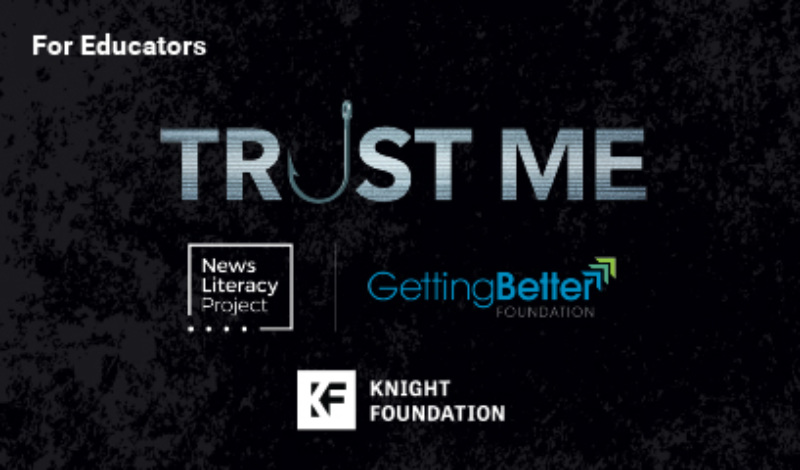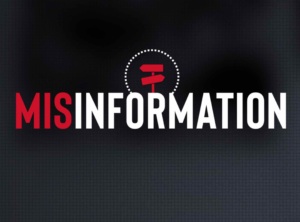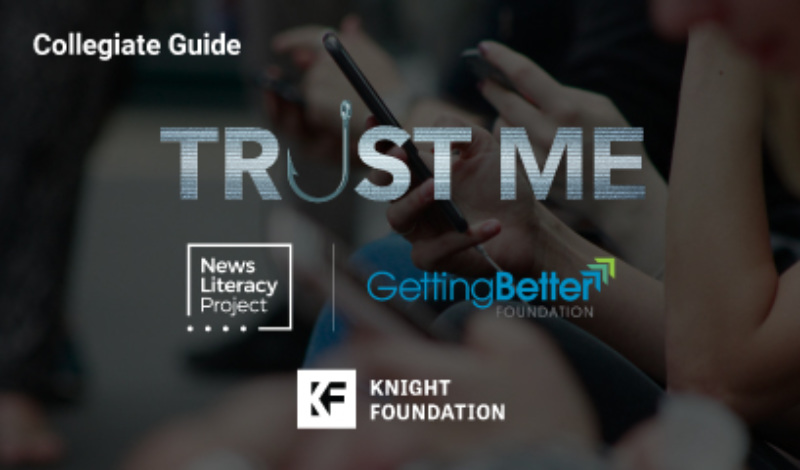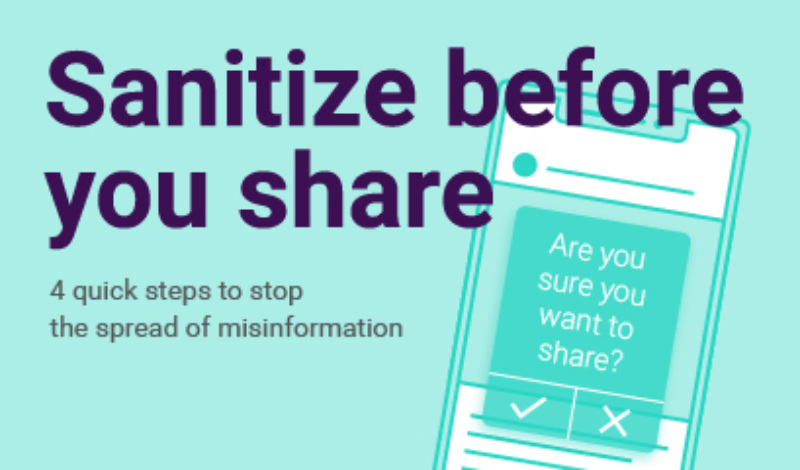
"TRUST ME" classroom guide: A unit on manipulation and misinformation
This is a guide for educators to use with the feature-length documentary “TRUST ME."
 The term “fake news” once referred to misinformation designed to look like legitimate news, but the term has been rendered meaningless and counterproductive through overuse and political weaponization. The reality is that different kinds of misinformation vary significantly in their tactics, intent and impact. Therefore, to better understand misinformation, we need a new vocabulary that helps us see and think about these differences.
The term “fake news” once referred to misinformation designed to look like legitimate news, but the term has been rendered meaningless and counterproductive through overuse and political weaponization. The reality is that different kinds of misinformation vary significantly in their tactics, intent and impact. Therefore, to better understand misinformation, we need a new vocabulary that helps us see and think about these differences.
The poster linked below identifies and defines five types of misinformation:
Definitions and examples of each type of misinformation are included in the poster linked below. This poster was adapted from the “Misinformation” lesson on our Checkology® virtual classroom. Use it with that lesson or on its own.
This is a guide for educators to use with the feature-length documentary “TRUST ME."


Misinformation is all around us, and it has real-world consequences.


The best way for you to help reduce misinformation online is to avoid sharing it.


Quiz: How much do you know about social media platforms’ misinformation policies?


Misinformation swirling around the COVID-19 pandemic underscores the importance of consuming and sharing online content with care.



